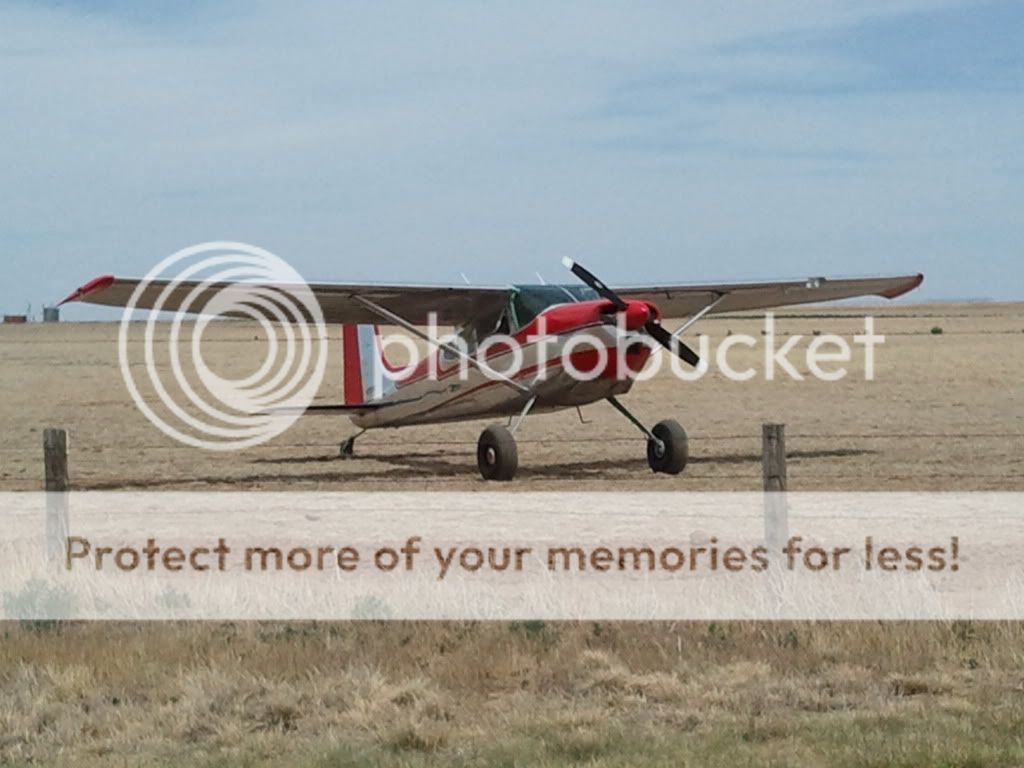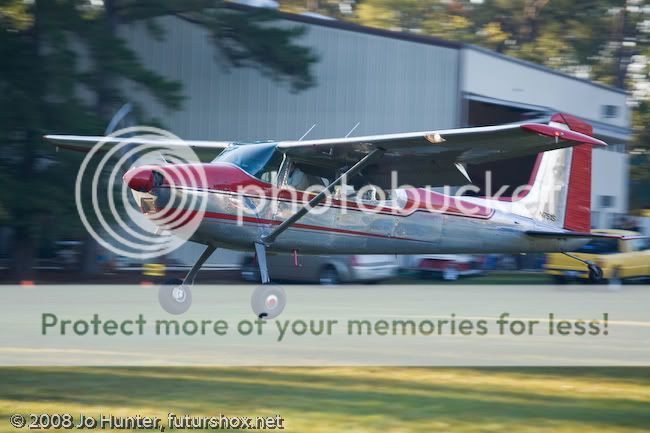Warlock
Pattern Altitude
- Joined
- Feb 28, 2013
- Messages
- 1,685
- Display Name
Display name:
Warlock
My Arrow is as fast as they made them with all the speed mods and the short body Hershey bar wing at actually almost goes as fast as the factory numbers in cruise of 141 knots...I like that on 9.5 gallons an hour so its also fuel efficient. Gear up off field landing in an emergency is a plus if it has to happen and I can still lift 1000 pounds. Parts are easy and nothing seems to complicated to fix...even the gear.
I keep wanting to upgrade but cant justify the cost for a couple of knots. I could sell her tomorrow for what I have in it to any number of guys that are looking for a similar set up after flying it...knots2you and Scimitar STC being the difference...
I keep wanting to upgrade but cant justify the cost for a couple of knots. I could sell her tomorrow for what I have in it to any number of guys that are looking for a similar set up after flying it...knots2you and Scimitar STC being the difference...





